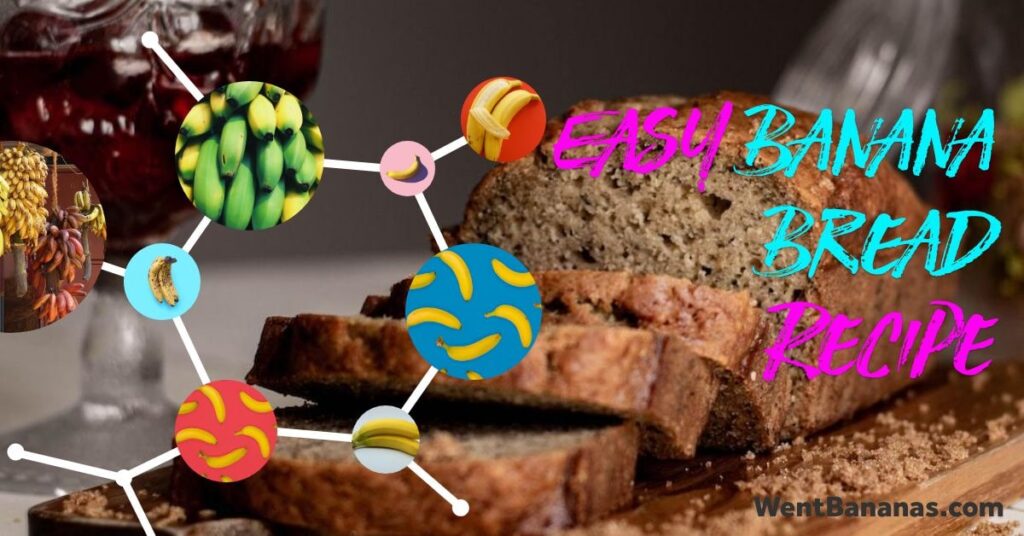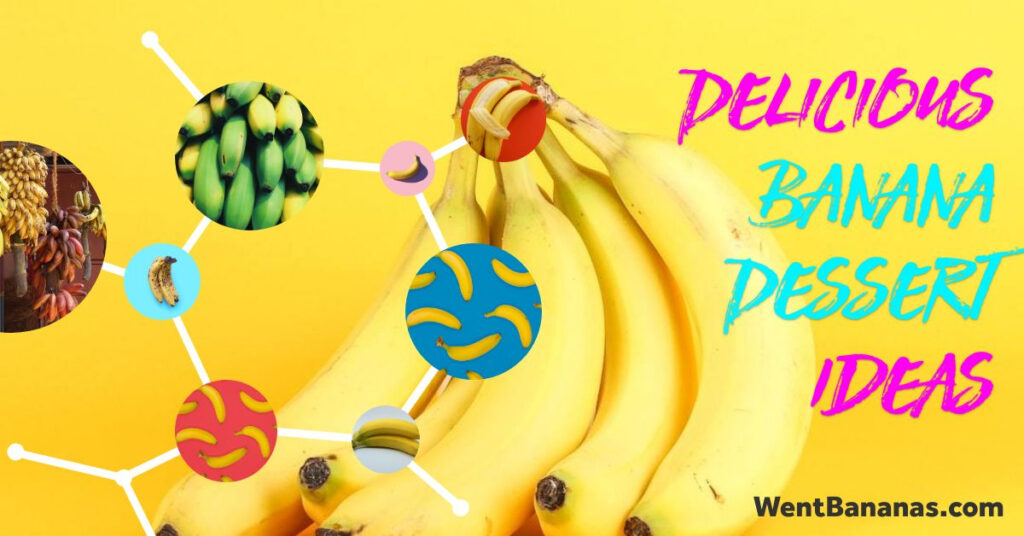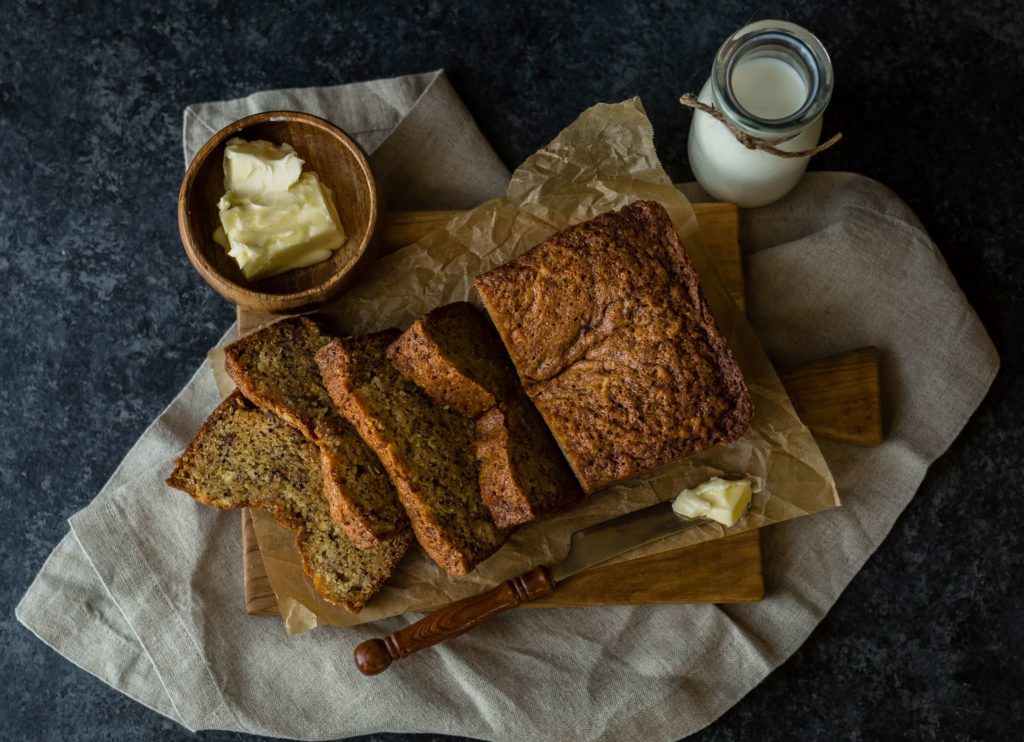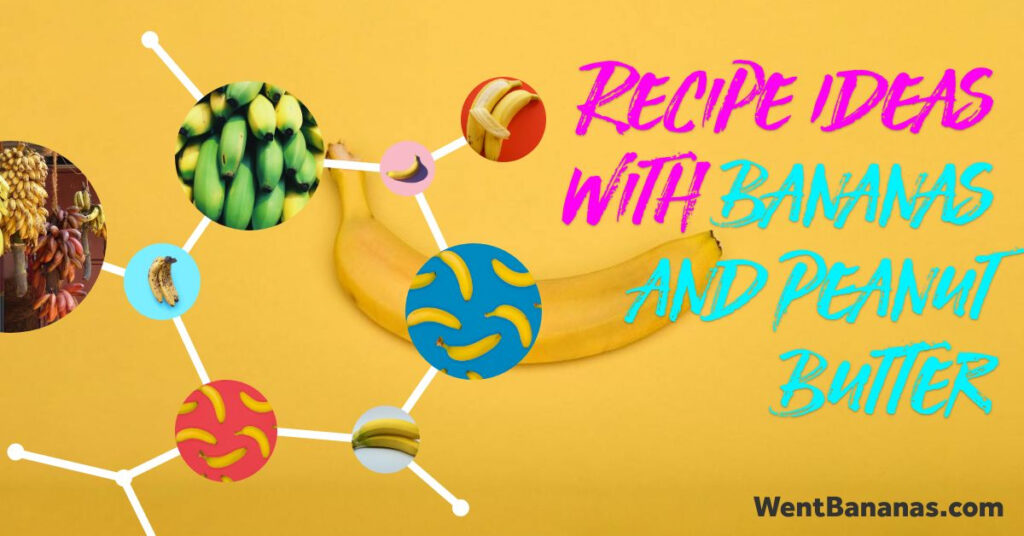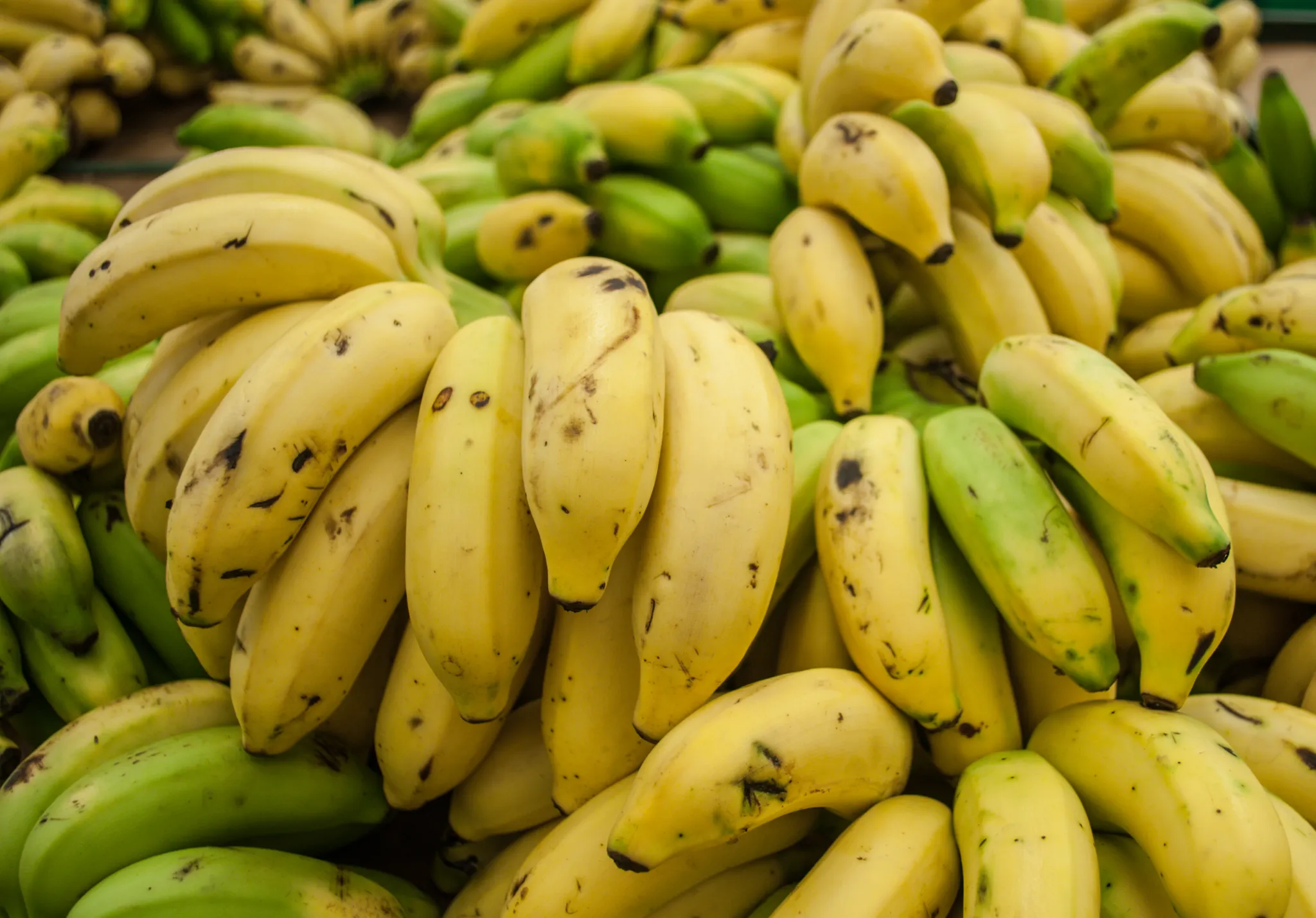
Have you ever wondered how that delicious banana flavor is captured and transformed into a concentrated form? In this article, we’ll explore the fascinating process of making banana extract. From the humble banana to the potent extract, you’ll discover the steps involved and the science behind it. So, if you’re curious about the magic that goes into creating this beloved flavoring, keep reading!
Banana extract is a versatile ingredient used in a wide range of culinary creations. Whether you’re baking a banana bread or adding a burst of banana flavor to your smoothie, understanding how banana extract is made can enhance your appreciation for this popular ingredient. In this article, we’ll take a closer look at the extraction process, which involves carefully extracting the essence of bananas and concentrating it into a convenient liquid form. Get ready to delve into the world of banana extract production!
What is Banana Extract?

If you’re a fan of bananas, you’re probably familiar with the delicious and versatile flavor they bring to a variety of dishes. But have you ever wondered how that flavor is captured and concentrated into a convenient liquid form? That’s where banana extract comes in.
Banana extract is a concentrated form of the flavor and aroma of bananas. It is made by macerating or soaking ripe bananas in a solvent, such as alcohol or glycerin, to extract the essential oils and compounds that give bananas their unique taste. The maceration process allows the flavor molecules to infuse into the solvent, resulting in a potent banana essence.
Once the maceration is complete, the mixture is typically filtered to remove any solids or impurities, leaving behind a clear, flavorful liquid. This liquid is then further concentrated through a distillation or evaporation process, resulting in a more intense banana flavor.
Why use banana extract? One of the main advantages of using banana extract is its convenience. Instead of relying on fresh bananas, which can spoil quickly, banana extract provides a long-lasting option that can be easily stored and used whenever needed. It also offers a more concentrated flavor, allowing you to add a burst of banana goodness to your recipes with just a few drops.
Banana extract is a versatile ingredient that can be used in a wide range of culinary creations. From baked goods like banana bread and muffins to frostings, smoothies, ice creams, and even savory dishes like sauces and marinades, banana extract adds a delightful hint of banana flavor.
Fun fact: Did you know that banana extract is not just for cooking? It can also be used in various beauty and skincare products due to its natural fragrance and nourishing properties. So, the next time you’re browsing through the aisles of your favorite store, keep an eye out for products that feature the essence of bananas.
In the next section, we’ll dive into the fascinating process of making banana extract. So, let’s peel back the curtain and explore the journey from banana to extract.
Benefits of Banana Extract
Banana extract not only adds a burst of flavor to your favorite recipes, but it also offers several benefits that make it a popular ingredient in the culinary world. Here are some of the key advantages of using banana extract:
1. Enhanced Flavor: Banana extract provides a concentrated and intense banana flavor that can elevate the taste of your dishes. Whether you’re making banana bread, smoothies, or ice cream, a few drops of banana extract can make a world of difference in terms of taste.
2. Convenience: While fresh bananas are delicious, they can sometimes be difficult to work with. They can ripen too quickly or become overripe, making it challenging to incorporate them into certain recipes. Banana extract offers a convenient alternative, as it can be easily measured and added to your dishes without the hassle of peeling and mashing bananas.

3. Longer Shelf Life: Unlike fresh bananas that have a limited shelf life, banana extract has a longer lifespan. This means that you can have the essence of bananas readily available in your pantry whenever you need it, without worrying about them going bad.
4. Versatility: Banana extract can be used in a wide range of culinary creations. From baked goods like cakes, muffins, and cookies, to beverages such as smoothies, milkshakes, and cocktails, the possibilities are endless. It can also be used in savory dishes like marinades, sauces, and dressings to add a unique twist.
5. Skincare Benefits: Apart from its culinary uses, banana extract also offers skincare benefits. It contains essential vitamins and minerals that can nourish and moisturize the skin. You can find banana extract in various beauty products like lotions, creams, and masks, helping to keep your skin healthy and glowing.
Incorporating banana extract into your cooking can take your dishes to the next level, providing a burst of flavor and a range of benefits. Whether you’re a seasoned chef or a home cook, having banana extract on hand can add a delightful touch to your culinary creations. So why not give it a try and experience the wonders of this versatile ingredient?
How is Banana Extract Made?
If you’re curious about the process of making banana extract, you’ve come to the right place! Banana extract is a versatile ingredient that adds a burst of banana flavor to a variety of dishes, from baked goods to smoothies. Let’s dive into the fascinating journey of how this extract is made.
Maceration: Unlocking the Essence of Bananas
The first step in making banana extract is maceration. This process involves soaking ripe bananas in a solvent, such as alcohol or glycerin, to extract the essential oils and compounds that give bananas their unique taste. During maceration, the flavor molecules infuse into the solvent, resulting in a potent banana essence.

Filtration: Refining the Extract
« Delicious Banana Pudding Recipe with Cream Cheese – Tips for Perfect Creaminess and Flavor
Try this delicious and easy banana bread recipe without self-raising flour »
Once the bananas have been soaked for a sufficient amount of time, the mixture is then filtered to remove any solids or impurities. This ensures that the extract is pure and free from any unwanted particles. Filtration is a crucial step in the process, as it helps to refine the extract and enhance its quality.
Concentration: Enhancing the Flavor
After filtration, the extract may go through a process of distillation or evaporation to further concentrate its flavor. This step helps intensify the banana essence, making it more potent and flavorful. The concentration process allows for a small amount of extract to go a long way in your culinary creations.
Versatility and Benefits of Banana Extract
Banana extract offers a range of benefits that make it a popular choice among chefs and home cooks alike. Here are a few reasons why banana extract is a valuable addition to your kitchen:
- Enhanced Flavor: Banana extract provides a concentrated and robust banana flavor that can elevate the taste of your dishes.
- Convenience: With banana extract, you can enjoy the flavor of bananas year-round, even when they’re not in season.
- Longer Shelf Life: Unlike fresh bananas, which have a limited shelf life, banana extract can be stored for a longer period without losing its flavor.
- Versatility in Cooking: From desserts to smoothies, banana extract can be used in a wide range of recipes, allowing you to experiment and get creative in the kitchen.
- Skincare Benefits: Banana extract is not just for culinary purposes. It is also used in skincare products for its nourishing and moisturizing properties.
Now that you have a better understanding of how banana extract is made, you can appreciate the effort that goes into creating this delightful ingredient. Whether you’re
Step 1: Selecting Ripe Bananas
When it comes to making banana extract, the first step is to select ripe bananas. Ripe bananas are crucial because they contain the maximum amount of flavor and aroma. Here are a few tips to help you choose the perfect bananas for your extract:
- Look for bananas with a bright yellow color and no green spots. This indicates that the bananas have reached their peak ripeness and are ready to be used.
- Avoid bananas that are overly soft or have brown spots. While these bananas may still be edible, they may not provide the best flavor for your extract.
- Consider the type of banana you prefer. Different varieties, such as Cavendish or Lady Finger bananas, have slightly different flavors. Choose the variety that appeals to your taste buds.
Once you have selected your ripe bananas, it’s time to move on to the next step in the process. But before we do, let’s take a moment to appreciate the natural sweetness and versatility of bananas. Did you know that bananas are not only delicious but also packed with essential nutrients?
Bananas are an excellent source of potassium, vitamin C, and vitamin B6. They are also low in calories and high in dietary fiber, making them a healthy choice for snacking or adding to your favorite recipes. Whether you enjoy them on their own, in smoothies, or baked into bread, bananas offer a burst of flavor and a dose of nutrition.
Now that you have your ripe bananas ready, let’s move on to the next step in the banana extract-making process.
Step 2: Peeling and Mashing the Bananas
Now that you have selected the perfect ripe bananas for your banana extract, it’s time to move on to the next step: peeling and mashing them. This step is essential to release the flavors and aromas locked within the bananas.

To begin, carefully peel the bananas, removing the skin to expose the sweet, creamy flesh inside. You can use a knife or simply use your fingers to gently pull the skin away. Be sure to discard the peels or save them for other uses, such as composting or making banana tea.
Once the bananas are peeled, place them in a bowl and use a fork or a potato masher to mash them thoroughly. The goal is to create a smooth and consistent texture, ensuring that all the banana flesh is mashed evenly. This will help to extract as much flavor as possible during the maceration process.
Tip: If you prefer a chunkier texture in your banana extract, you can leave some small pieces of mashed banana in the mixture. This can add a delightful texture to your final product.
Mashing the bananas not only breaks down the fruit but also helps to release the natural sugars and enzymes present in the fruit. These sugars and enzymes contribute to the overall flavor and aroma of the banana extract.
Once you have finished mashing the bananas, you are ready to move on to the next step in the process: maceration. This is where the magic happens as the bananas infuse their essence into the solvent, creating a concentrated and flavorful banana extract.
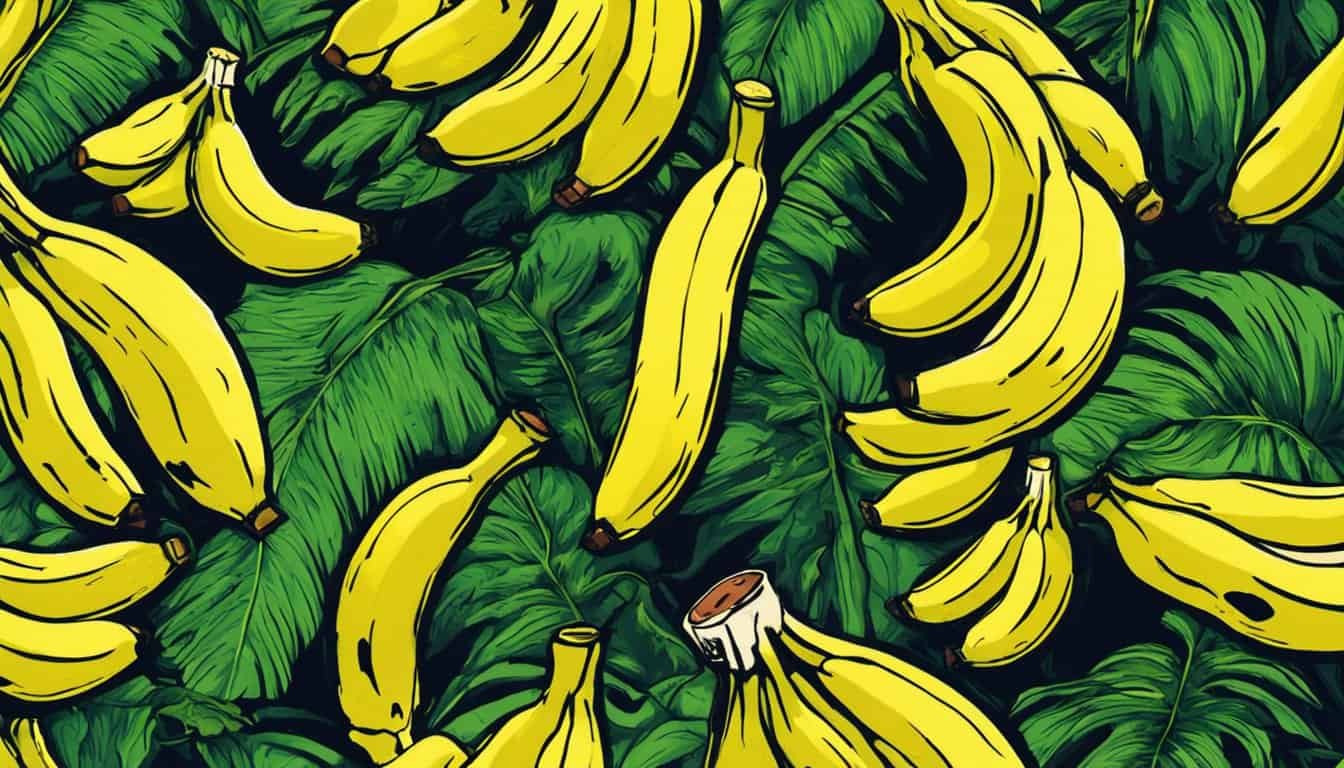
Remember, the quality and freshness of the bananas you choose, as well as the thoroughness of the mashing process, will greatly influence the final outcome of your banana extract. So take your time and enjoy the process of preparing the bananas for extraction.
In the next section, we will dive into the fascinating world of maceration and explore how it transforms the mashed bananas into a potent banana essence.
Step 3: Extracting Banana Juice
Now that you have mashed the bananas, it’s time to extract the delicious banana juice. This step is crucial in capturing the full essence of the bananas and creating a flavorful extract.
To extract the banana juice, you will need to strain the mashed bananas. You can use a fine mesh strainer or cheesecloth to remove any solids and separate the liquid. Place the strainer over a bowl or container and pour the mashed bananas onto it. Gently press down on the bananas with a spoon or spatula to release as much juice as possible. The liquid that collects in the bowl is the precious banana juice.
The banana juice contains all the essential oils and compounds that give bananas their distinct flavor and aroma. It’s these compounds that will be concentrated to create the banana extract.

Once you have extracted the banana juice, it’s time to move on to the next step in the process. But before we do, let’s take a moment to appreciate the versatility and benefits of banana extract.
Banana extract offers a convenient and concentrated way to add the delightful flavor of bananas to your culinary creations. It has a longer shelf life compared to fresh bananas, making it a pantry staple for many home cooks and professional chefs. With just a small amount of banana extract, you can enhance the taste of cakes, cookies, smoothies, ice creams, and so much more.
But the benefits of banana extract don’t stop at the kitchen. It also has skincare benefits. The vitamins and nutrients found in bananas can nourish your skin and help keep it healthy. Incorporating banana extract into your beauty routine can leave your skin feeling refreshed and rejuvenated.
Now that you understand the importance of extracting banana juice, continue on to the next step in the process to learn how to concentrate the banana essence and create your very own banana extract.
Step 4: Filtering the Banana Juice
Now that you have extracted the banana juice, it’s time to filter out any solids or impurities to ensure a smooth and pure banana extract. This step helps to refine the flavor and aroma of the extract, making it even more delightful to use in your culinary creations.

To filter the banana juice, you will need a fine mesh strainer or cheesecloth. Place the strainer or cheesecloth over a clean container or bowl. Gently pour the banana juice into the strainer, allowing it to pass through while catching any solids.
You may need to use the back of a spoon or spatula to press down on the mashed bananas, helping to extract every last drop of juice. Be careful not to press too hard, as this can push through unwanted solids.
As the banana juice passes through the strainer, you will notice a clear liquid collecting in the container below. This liquid contains the essential oils and compounds that give bananas their distinct flavor and aroma. Filtering the juice ensures that your banana extract will be free from any unwanted textures or particles.
Once you have filtered the banana juice, you can discard the solids caught in the strainer. The liquid is now ready for the final step in the banana extract-making process.
Remember, banana extract offers a convenient and concentrated flavor, making it a pantry staple for many home cooks and professional chefs. It can be used in a wide range of culinary creations, such as cakes, cookies, smoothies, and ice creams. Additionally, banana extract has skincare benefits and can nourish the skin when incorporated into beauty routines.

So, get ready to take your recipes to the next level with homemade banana extract. The filtering step ensures that you have a pure and smooth liquid ready to infuse your dishes with the delicious taste of bananas. Don’t forget to store your banana extract in a tightly sealed container in a cool, dark place to preserve its flavor and potency.
Step 5: Heating the Banana Juice
Now that you have obtained the banana juice, it’s time to move on to the next step in the process of making banana extract. This step involves heating the banana juice to remove any excess water and concentrate the flavors further.
Heating the banana juice serves two purposes. Firstly, it helps to evaporate the water content in the juice, resulting in a more concentrated flavor. This concentration of flavor is what gives banana extract its intense and distinct taste. Secondly, heating the juice also helps to extend the shelf life of the extract, ensuring that you can enjoy its flavorful goodness for a longer period of time.
To heat the banana juice, you will need a saucepan or a double boiler. Place the saucepan over low to medium heat and pour the banana juice into it. It’s important to keep the heat low to avoid scorching the juice and altering its taste.
Allow the banana juice to simmer gently, stirring occasionally to prevent it from sticking to the bottom of the pan. As the juice heats up, you will notice steam rising from it. This is a sign that the water content is evaporating and the flavors are becoming more concentrated.

Continue to heat the banana juice until it has reduced to your desired consistency. Remember, the longer you heat it, the thicker and more potent the extract will become. Keep in mind that the final consistency will also depend on personal preference and the intended use of the extract.
Once the banana juice has reached your desired concentration, remove it from the heat and let it cool completely. Congratulations, you have successfully heated the banana juice and transformed it into a flavorful and concentrated banana extract!
Now that you have completed this step, you can move on to the next exciting phase of the banana extract-making process. Keep reading to discover the final steps in creating your very own homemade banana extract.
Stay tuned for Step 6: Filtering and Storing the Banana Extract.
Step 6: Cooling and Storing the Banana Extract
Now that you have successfully transformed your banana juice into a flavorful and concentrated banana extract, it’s time to cool it down and store it properly. This final step is crucial to ensure that your extract retains its intense flavor and stays fresh for a long time.

After heating the banana juice to the desired consistency, remove it from the heat and allow it to cool completely. This cooling process helps the flavors to settle and meld together, creating a harmonious taste. It’s important not to rush this step, as it contributes to the overall quality of your banana extract.
Once the banana extract has cooled, transfer it to a clean and airtight container. Glass bottles with a tight-fitting lid are an excellent choice for storing your extract. The glass helps to preserve the flavor and aroma, while the airtight seal prevents any air or moisture from getting in and spoiling the extract.
Remember to label your container with the date of preparation. While banana extract can last for a long time, it’s always good to keep track of its age to ensure you’re using it at its best. Properly stored and labeled, your banana extract can stay fresh for up to two years.
To extend the shelf life of your banana extract even further, consider storing it in the refrigerator. The cool temperature helps to slow down any oxidation and preserve the flavors. However, keep in mind that refrigeration can cause the extract to thicken slightly. If this happens, simply warm it up slightly before using.
Now that your banana extract is properly cooled and stored, you can enjoy the delightful taste of bananas in your culinary creations whenever you desire. Whether you’re adding it to cakes, cookies, ice creams, or smoothies, this homemade extract will elevate the flavor and leave everyone craving for more.
Conclusion

Now that you have learned about the process of making banana extract, you have a deeper understanding of this versatile ingredient. By macerating ripe bananas in a solvent, such as alcohol or glycerin, the essential oils and compounds that give bananas their unique taste are extracted. The maceration process allows the flavor molecules to infuse into the solvent, resulting in a potent banana essence. After filtering and concentrating the mixture through distillation or evaporation, the banana juice is heated to remove excess water and further intensify the flavors. Once cooled and stored in a clean, airtight container, banana extract can stay fresh for up to two years.
By making your own banana extract, you can enhance the flavor of your favorite recipes, from baked goods to smoothies. Whether you’re a professional chef or a home cook, having banana extract on hand can add a delightful twist to your culinary creations.
So go ahead and try making your own banana extract. With its rich and concentrated flavor, you’ll be able to enjoy the essence of bananas in a whole new way.







